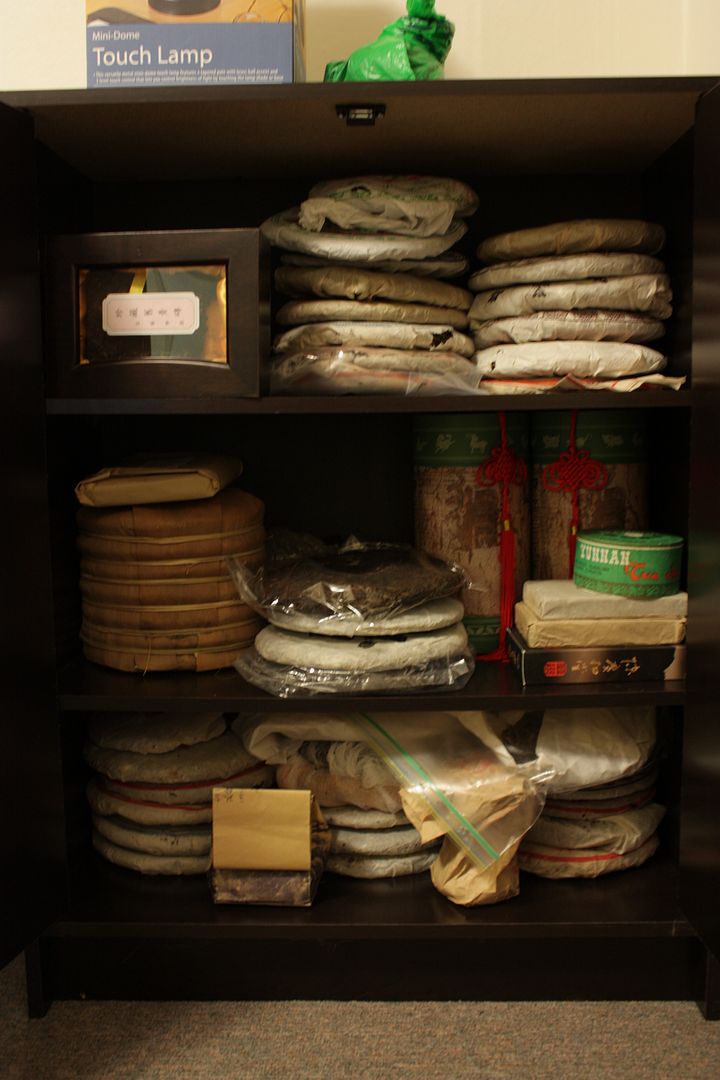We all love to hate the teaball, that invention that should have been destroyed when first thought up. It limits the amount of space that is allowed for the leaves to move, and inevitably, it creates a bad cup of tea. It’s pretty common to see a tea ball being filled with soaked tea leaves, obviously unable to extend themselves and reach their full potential.
The same thing can happen to yixing pots, however, and is sometimes a danger if one doesn’t take care to brew carefully. There’s always an optimal amount of space needed for a given tea, and sometimes that can be exceeded with negligible, or even negative, effect. It ends up wasting tea, and achieving little else. It also depends on the shape of the pot, and sometimes some pots are more likely to be “stuffed” like a tea ball than others. I am just reminded of that today, when I used a gaiwan instead of a shuiping to brew my youngish puerh. I’m not at home right now, so my regular teaware is missing. The effect from my gaiwan was much better than that from the pot. This is not to say, of course, that gaiwans are always better than pots, or vice versa, but just that sometimes parameters can drastically change the taste of a tea. It’s easy to get into a routine brewing something, and then forgetting all together the other dimensions of the tea. It doesn’t even have to be that one is necessarily better, but simply that the taste achieved can be different, and the amount (and type) of space is crucial to this equation.






Yeah whisky prices have been leaking too, as well as luxury watches. I wrote a post maybe a decade ago…